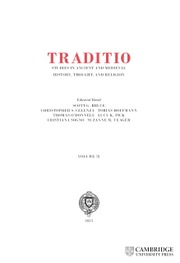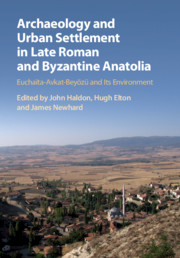Byzantium in the Seventh Century
This book presents the first analytical account in English of the major developments within Byzantine culture, society and the state in the crucial formative period from c. 610 to 717. Since its original publication in 1990, the text has been revised throughout to take account of the latest research. The seventh century saw the final collapse of ancient urban civilisation and municipal culture, the rise of Islam, the evolution of patterns of thought and social structure which made imperial iconoclasm possible, and the development of state apparatuses - military, civil and fiscal - typical of the middle Byzantine state. Conflicting ideas of how these changes and developments are to be understood have proliferated in the last fifty years. This book is the first serious attempt to provide a comprehensive, detailed survey of all the major changes in this period.
- A paperback edition of one of the most durable and successful monographs on Byzantine history of recent years
- Adopts a highly analytical, non-narrative approach to cover all aspects of political, social and religious history
- Includes illustrations of the art and coinage of the period
Reviews & endorsements
"This is an excellent resource, superbly organized, and very well written, for students of ancient and medieval history at all stages." History
"...a good, well-informed synthesis with strong personal opinions...." N. Oikonomides, Canadian Journal of History
"A detailed survey of the following subjects, fully and impressively documented, serves to provide the reader with the first serious, comprehensive survey of all the major changes of this period: politics, economics, social relations, urban and rural societies, state fiscal and military administration, state and law, the imperial church and politics of authority, religion and belief, infrastructures and hierarchies, language, literature, and the icon....an absolute must for every student of Byzantium because it provides a substantial foundation for understanding how the Later Roman Empire became transformed into a distinctly Byzantine Empire. This is an excellent resource, superbly organized, and very well written, for students of ancient and medieval history at all stages." John E. Rexine, History
"...Haldon has made an important contribution which tackles problems not considered by other studies through well informed theorizing and places them together for the first time with the results of recent scholarship. It presents an ...attractive view of this culture in transition and provides a fine introduction to the history of the seventh century. Haldon is successful in depicting not only the seventh-century Byzantine world, but also its worldview." Paul M. Cobb, Journal of Near Eastern Studies
Product details
April 2011Adobe eBook Reader
9780511869310
0 pages
0kg
23 b/w illus. 7 maps
This ISBN is for an eBook version which is distributed on our behalf by a third party.
Table of Contents
- List of plates
- List of maps
- Preface and acknowledgements
- Preface to the revised edition
- List of abbreviations
- The sources
- Introduction
- 1. The background: state and society before Heraclius
- 2. The East Roman world c. 610–717: the politics of survival
- 3. Some relations and the economy: the cities and the land
- 4. Social relations and the economy: rural society
- 5. The state and its apparatus: fiscal administration
- 6. The state and its apparatus: military administration
- 7. Society, state and law
- 8. The imperial church and the politics of authority
- 9. Religion and belief
- 10. Forms of social and cultural organisation: infrastructures and hierarchies
- 11. Forms of representation: language, literature and the icon
- Conclusions: the transformation of a culture
- Addendum: further observations on the question of the late ancient city
- Bibliography
- Index.

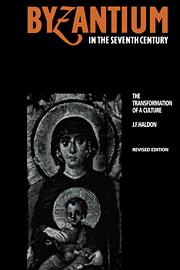
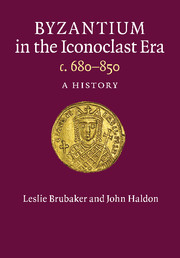
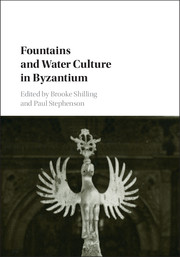
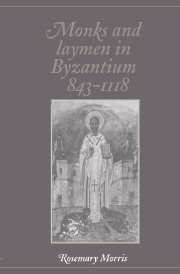
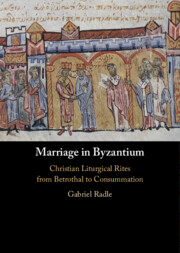

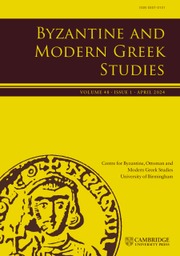
.jpg)
.jpg)
